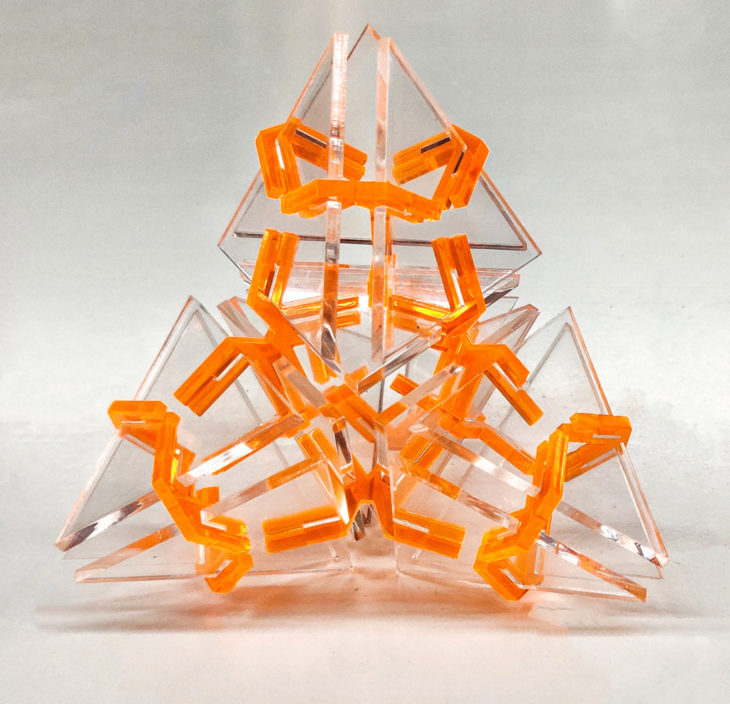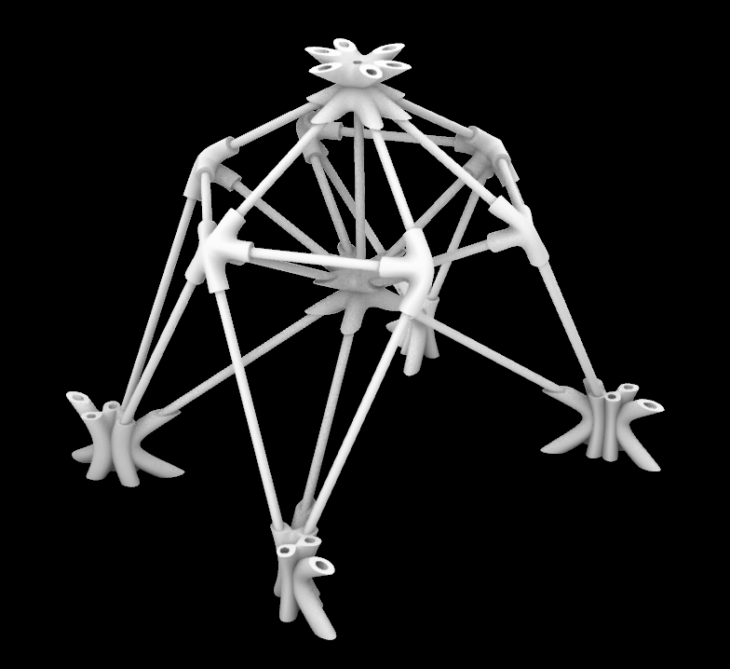Introduction
The Digital Fabrication Introductory course focuses on utilizing production techniques by learning the use of three different machines: CNC Milling, Laser Cutting and 3D Printing. The focus of the course was to fabricate different modular recursive geometries with different fabrication techniques along with the learning-by-doing manifesto. Through this course we learned the safety protocols for using each machine, and how to set up each machine for fabrication.
LAZER PRINTING
In the laser cutting fabrication method, we aimed to create an abstract tetrahedron in an exploded look by combining 4, 6x6x6cm triangles with interlocking technique. In order to keep the shape of these modules and the tension between them, we decided to use three different types of press fit joint. Moreover, we used 2 different colored acrylics that are 3mm thickness. One of them is in transparent the other one is fluorescent colored.
// Technical
Material: Acrylic 3mm transparent/ fluorescent
Technique: Interlocking
Joint type: Press Fit Joint
Machine: Epilog 75(p59)
Speed: 7
Power: 100
Frequency: 5000
// Singular Geometry
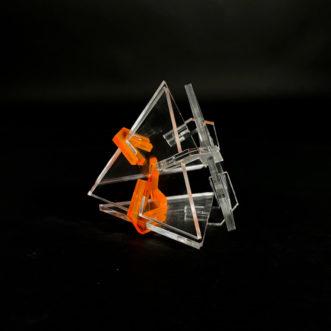
// Final Recursive Geometry
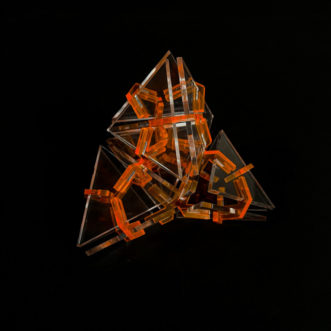
// Digital Recursive Growth

3D PRINTING
We created a recursive geometry with nodal joinery systems. Six node variations were designed and fabricated. Between the joints, we worked with 2mm rods. One of the most important part of this fabrication is to focus on how to optimize the model in the software to reduce the time and material usage.
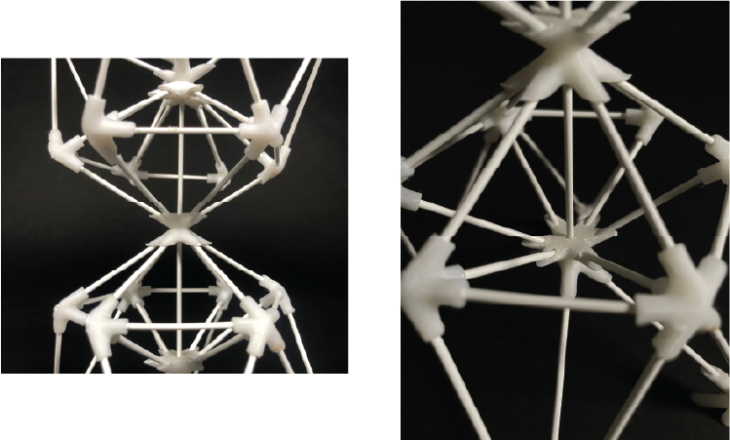
// Technical
Material type: Z-ABS
Machine specifications: Zortax M200 plus
Layer thickness: 1 mm
Support type, angles, and specifications: Automatic, 20°, Smart Bridges_ Lite
Supports required: Yes
Infill type, percentage, & pattern: Normal, 30%, Pattern 0
Print Quality: Normal
Total number of nodes: 23 (6 node variations)
Total print time: 4h
Total material quantity: 5.41m (13g)
// Singular Geometry
// Final Recursive Geometry
// Digital Recursive Growth
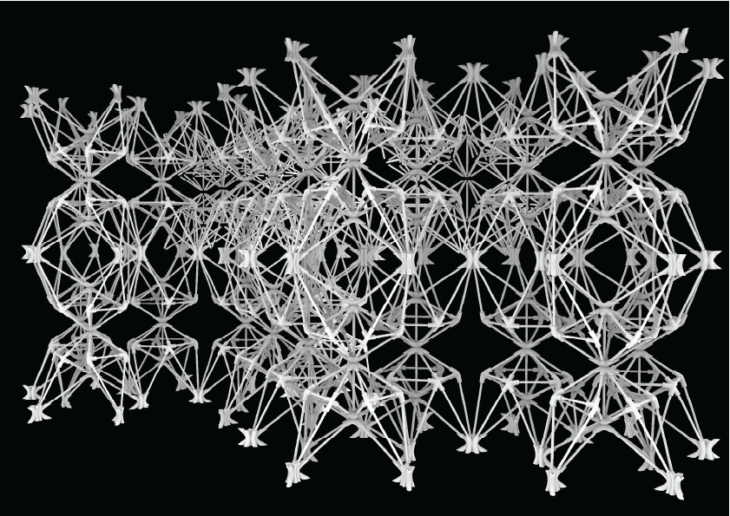
CNC MILLING
The aggregation of recursive geometry in CNC Milling was quite challenging. We used 3 different shapes interlocking each other in the center.
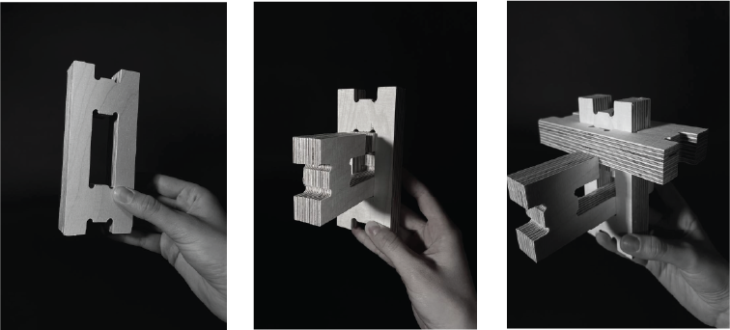
// Technical
Material: Plywood 24mm
Machine: 2 Axis
Post Processor: Raptor(p102)
Workpiece volume: 200 cm x 200 cm x 200 cm
Total mill time: 38.1 minutes
Engraving for Screws, Pocketing and Profiling:
Flute: 2
Diameter: 6 mm
Spindle Speed: 18000
Cut Direction: Upcut
Stepover distance: 75%
Stepdown Control(dZ): 70%
// Singular Geometry

// Final Recursive Geometry
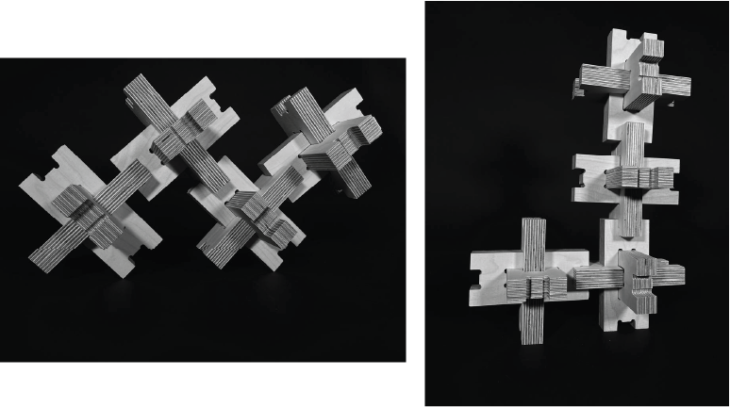
// Digital Recursive Growth
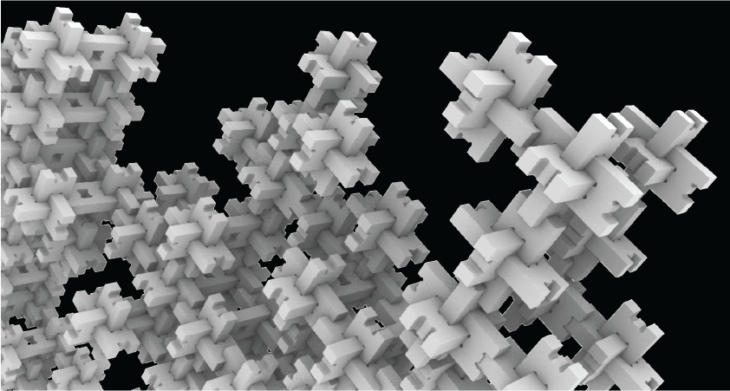
Introduction to Digital Fabrication – Recursive Geometries is a project of IAAC, Institute for Advanced Architecture of Catalonia developed at Master in Advanced Architecture in (2021) by:
Students: Gizem Demirk?ran, Mara Muller-De Ahna , Aishwarya Arun
Faculty: Ricardo Mayor, Lana Awad, Shyam Francesco Zonca
